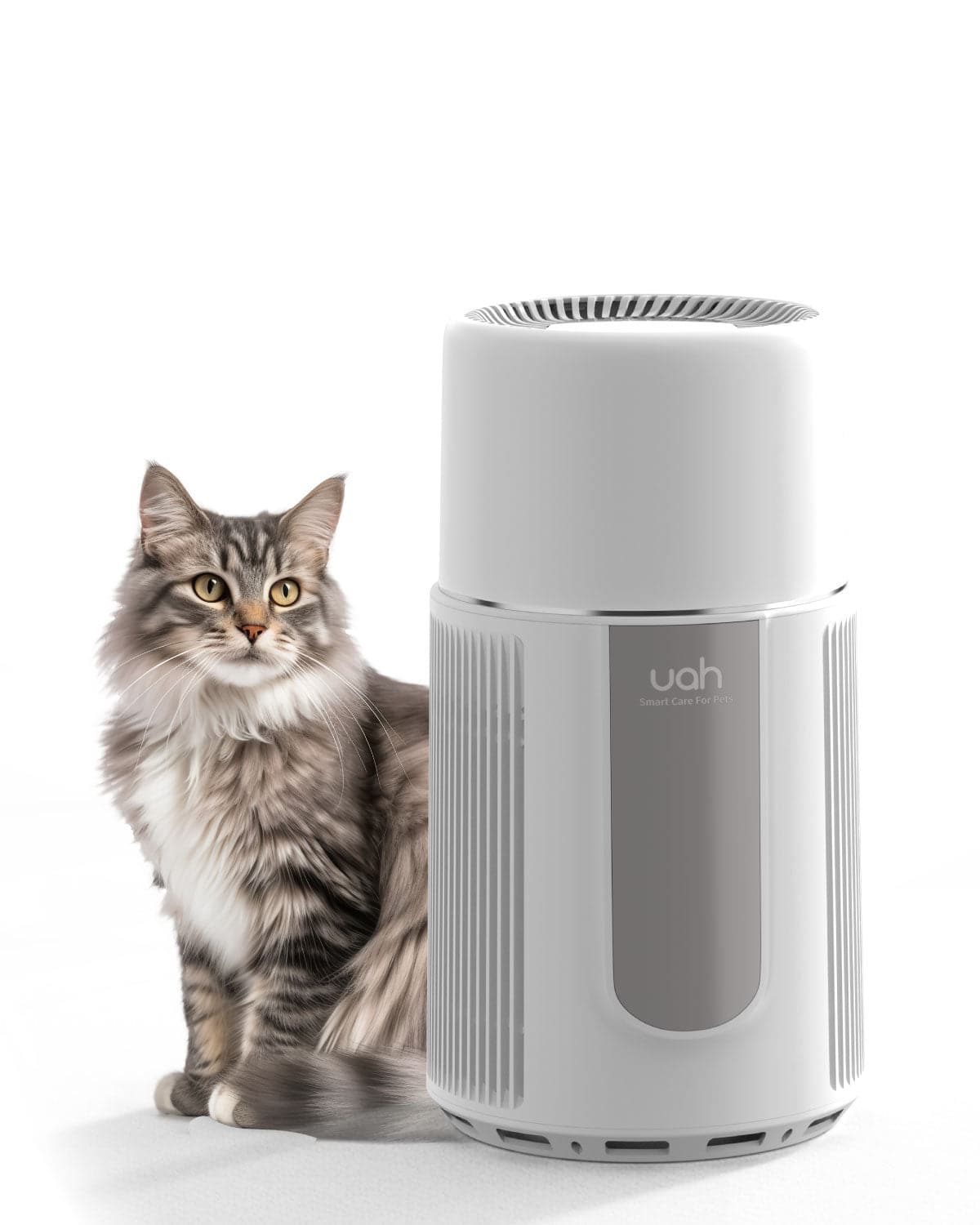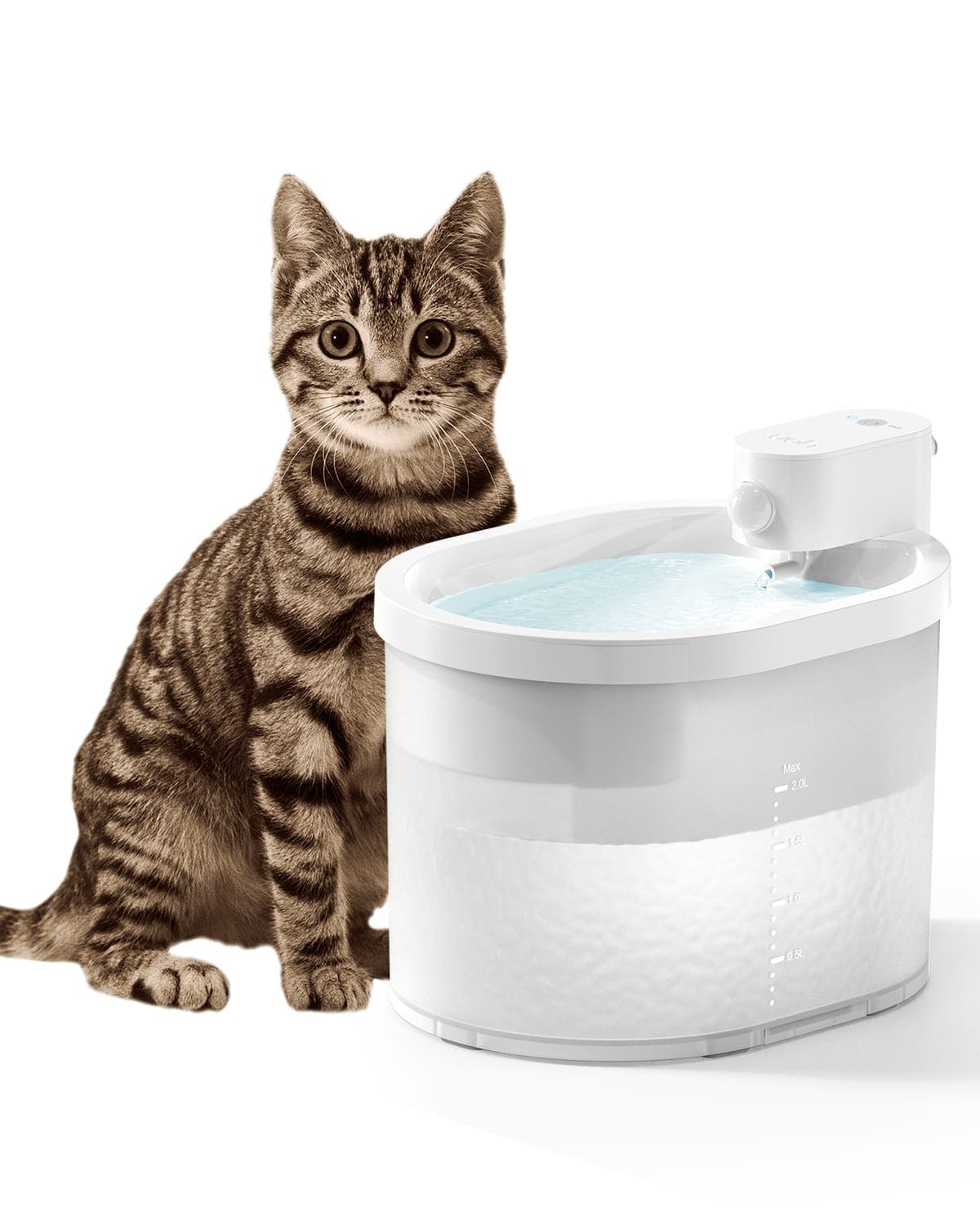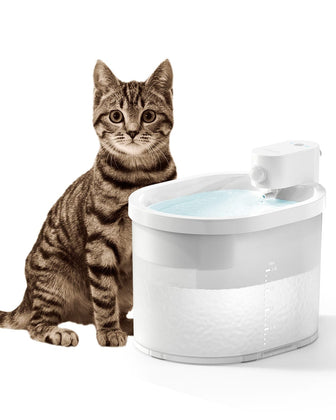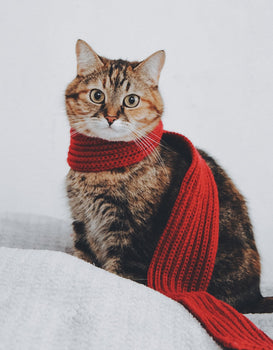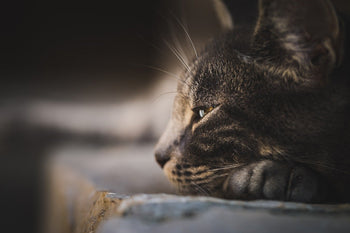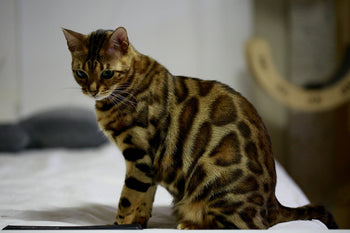Cats are one of the most enigmatic creatures on the planet, and their behavior often leaves us scratching our heads. One of the most common behaviors that cat owners encounter is when their feline friends stare at them for extended periods. It's natural to wonder what your cat is trying to communicate when they do this, and there are a few potential explanations.
One theory is that cats stare at their humans because they are trying to communicate something. Cats are known for their subtle body language, and staring could be a way for them to convey a message. Another possibility is that cats are simply observing their humans, trying to understand their behavior and motivations. Regardless of the reason behind it, cat staring is a common behavior that many cat owners encounter.
Why Do Cats Stare at Humans? Understanding why cats stare at humans can be a helpful way to build a stronger bond with your feline friend. By learning to interpret your cat's body language, you can better understand their needs and desires. In the following sections, we'll explore the body language of staring cats and provide tips for dealing with a cat that won't stop staring.
Why Do Cats Stare at Humans?
Key Takeaways
Cats stare at humans for a variety of reasons, including communication and observation.
Understanding your cat's body language can help you build a stronger bond with them.
If your cat won't stop staring, there are several tips you can try to redirect their attention.
Why Do Cats Stare at Humans?
Cats are known for their mysterious and enigmatic behavior, and one of the most intriguing things they do is stare at their human companions. While it may seem like a strange and unsettling behavior, there are several reasons why cats stare at humans.
Curiosity and Communication
One reason why cats stare at humans is simply out of curiosity. Cats are naturally curious animals and they are always on the lookout for new things to explore. When a cat stares at its human companion, it may be trying to communicate its curiosity or trying to understand what the human is doing.
Cats are also very observant animals and they use their eyes to communicate with their human companions. A cat's stare can convey a range of emotions, from affection and contentment to fear and aggression. By staring at their humans, cats may be trying to communicate their emotions or simply trying to get their attention.
Staring as Dominance
Another reason why cats stare at humans is to assert their dominance. In the wild, cats use their eyes to establish dominance over other animals. By staring at their prey or other animals, cats can intimidate them and assert their dominance.
When a cat stares at its human companion, it may be trying to assert its dominance over them. This can be seen as a sign of respect in the cat's eyes, but it can also be a warning to the human to back off or give the cat some space.
Contextual Interpretation of Stares
It's important to note that not all cat stares are created equal. The context of the stare can provide important clues as to why the cat is staring. For example, if a cat is staring at its human while purring and rubbing against them, it's likely a sign of affection and contentment. On the other hand, if a cat is staring at its human with dilated pupils and a stiff body posture, it may be a sign of fear or aggression.
In conclusion, cats stare at humans for a variety of reasons, including curiosity, communication, and dominance. By understanding the context of the stare and the cat's body language, humans can better interpret their feline companion's behavior and respond appropriately.
The Body Language of Staring Cats

Understanding Stare Cues
Cats use body language to communicate with humans and other animals. Staring is one of the most common cues that cats use to convey different messages. When a cat stares at a human, it is usually trying to communicate something important. Understanding the different stare cues can help cat owners interpret their pet's behavior better.
Deciphering Staring Meanings
Cats stare for various reasons, and it's essential to understand what they are trying to communicate. If a cat stares at its owner with dilated pupils and a twitching tail, it could be a sign of aggression or fear. On the other hand, if a cat stares with relaxed pupils and a slow blink, it could be a sign of affection or trust.
Positive Interaction Response
When a cat stares at its owner with relaxed pupils and a slow blink, it is usually a sign of positive interaction. This behavior is known as a "cat kiss" and is a way of showing affection and trust. When a cat blinks slowly, it is a sign that it feels comfortable and relaxed in its owner's presence. Responding to a cat's slow blink with a slow blink of your own can strengthen the bond between you and your pet.
In summary, understanding a cat's body language can help cat owners interpret their pet's behavior better. Staring is one of the most common cues that cats use to communicate with humans. By deciphering the different stare meanings and responding appropriately, cat owners can strengthen their bond with their pets.
Tips for Dealing with a Staring Cat
Handling Techniques
When dealing with a staring cat, it is important to approach them calmly and gently. Avoid sudden movements or loud noises that could startle them. If the cat seems tense or uncomfortable, try offering a treat or toy to distract them. If you need to pick up the cat, do so slowly and support their weight to prevent injury.
Engagement Strategies
Cats often stare at humans as a way to initiate play or affection. If you want to engage with the cat, try offering a toy or gently petting them. Avoid forcing interaction if the cat seems disinterested or uncomfortable. Respect their boundaries and allow them to approach you on their own terms.
Respecting Boundaries
Some cats may stare as a way to assert dominance or establish territory. If the cat seems aggressive or defensive, it is important to respect their boundaries and avoid approaching them. If you need to interact with the cat, try using a barrier such as a door or baby gate to create a safe distance. Always prioritize your safety and the safety of the cat.
Overall, dealing with a staring cat can be challenging, but with patience and understanding, you can create a positive and respectful relationship with your feline friend.
Conclusion
In conclusion, cats stare at humans for a variety of reasons, including curiosity, affection, and communication. While some people may find their intense gaze uncomfortable, it is important to remember that cats are simply expressing their natural behaviors and instincts.
It is also important to note that not all cats stare at humans in the same way, and that each cat's behavior is unique. Some cats may stare for longer periods of time, while others may only glance briefly before continuing on with their activities.
Overall, it is important for cat owners to understand their pet's behavior and body language in order to better communicate with them and provide a happy and healthy environment. By observing their cat's behavior and responding appropriately, owners can strengthen their bond with their feline companions and provide a fulfilling and enriching life for them.
Frequently Asked Questions
What does it mean when a cat stares at you with wide eyes?
Cats may stare at humans with wide eyes as a sign of surprise or excitement, but it can also be a sign of fear or aggression. It's important to observe the cat's body language and context to determine the reason for the stare.
Is there a reason my cat watches me from afar?
Cats are curious animals and may watch their humans from afar out of curiosity or to keep an eye on their surroundings. It could also be a sign of affection or a desire for attention.
Can a cat's stare indicate a spiritual connection?
While some people may believe that a cat's stare can indicate a spiritual connection, there is no scientific evidence to support this claim. It's important to focus on the cat's body language and behavior to understand their intentions.
What are cats thinking about when they fix their gaze on humans?
It's difficult to determine exactly what cats are thinking when they fix their gaze on humans. It could be a sign of affection, curiosity, or vigilance. It's important to observe the cat's body language and context to determine the reason for the gaze.
Why might a cat gaze at me intently without blinking?
Cats may gaze at humans intently without blinking as a sign of trust and affection. However, it can also be a sign of aggression or fear. It's important to observe the cat's body language and context to determine the reason for the gaze.
Do cats perceive something when they stare at walls or empty spaces?
Cats may stare at walls or empty spaces out of curiosity or to keep an eye on their surroundings. They may also be reacting to sounds or smells that humans cannot perceive. It's important to observe the cat's behavior and context to understand their intentions.



